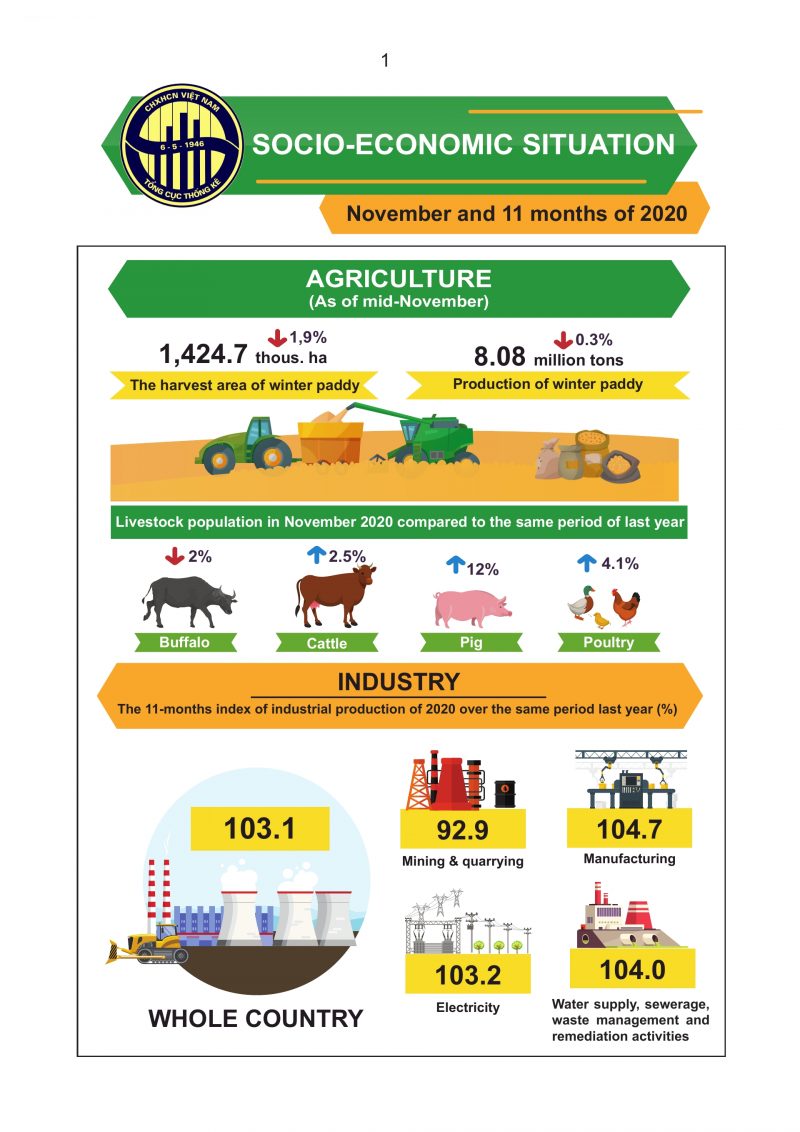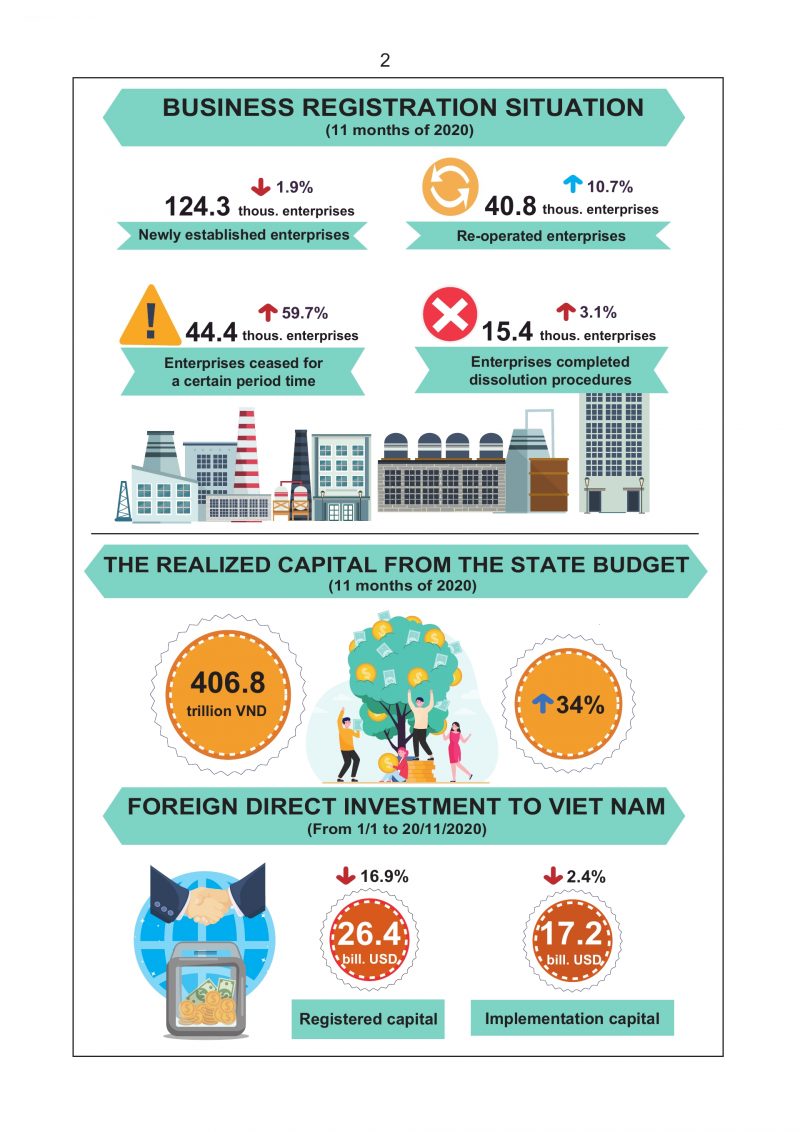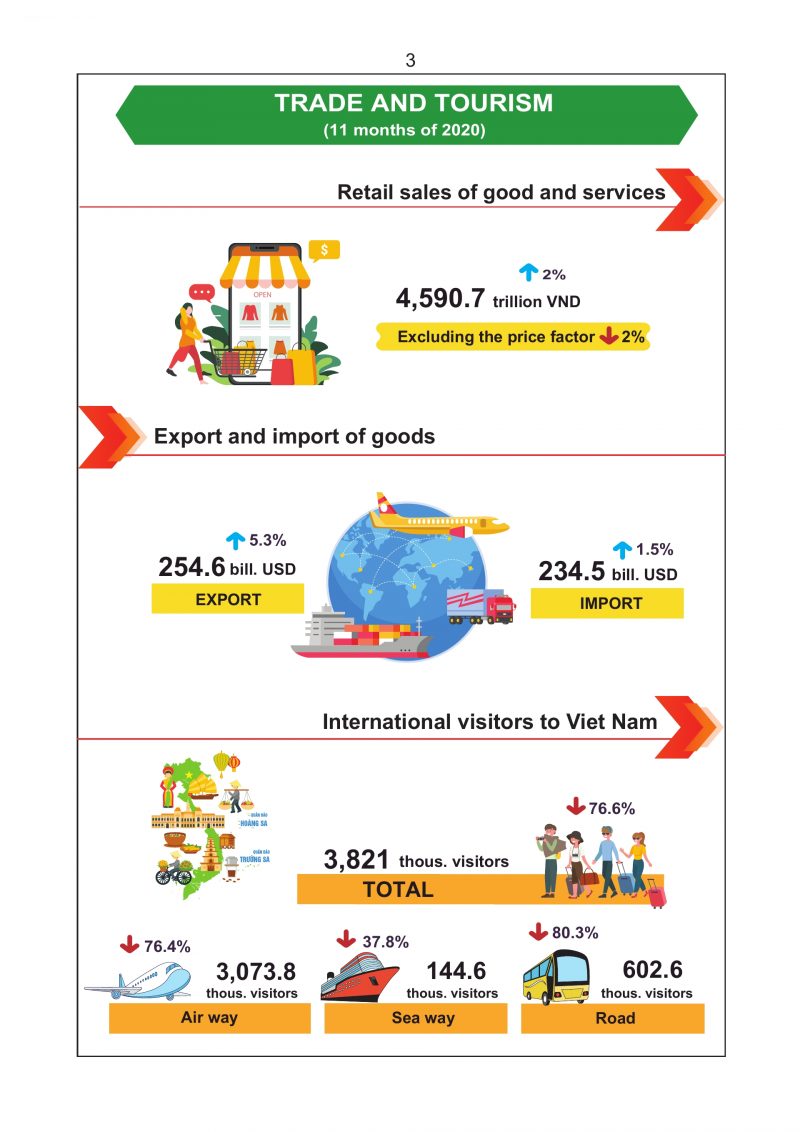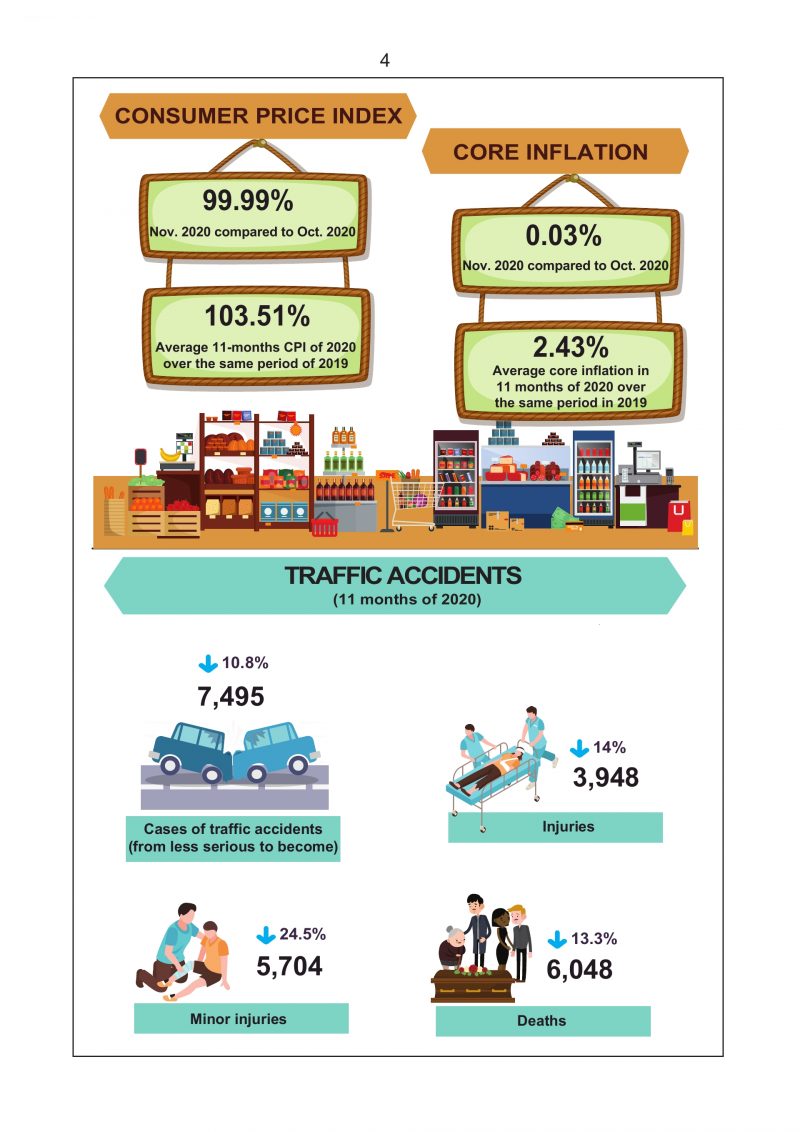Hapag-Lloyd reports COVID-19 cases on two ships
German container shipping company Hapag-Lloyd reported that two of its vessels were facing delays amid COVID-19 infection cases among the crew.
The two ships include CSL Manhattan, a 2005-built Panamax containership commercially controlled by Hapag, and Tsingtao Express, a 2007-built Post-Panamax containership owned by Hapag-Lloyd.
“During redelivery from the previous charter there was one crew member who tested positive for COVID-19 onboard CSL Manhattan during her port stay in Shanghai. The crew member is meanwhile disembarked from the vessel,” Hapag-Lloyd said.

Chinese health authorities now stated that CSL Manhattan needs to go into 14 days of quarantine on anchorage outside port area.
The German liner had to delay the ship’s sailing to the end of November, adding the released containers would be shifted to One Millau containership.
“All remaining bookings, where containers have not yet been picked up, need to be cancelled due to above mentioned unforeseen operational circumstances,” the company added.
“We regret the inconvenience caused by this incident which remains beyond our control and we are working with the relevant authorities on a timely resolution.”
Separately several members of the crew tested positive for COVID-19 on board the firm’s boxship Tsingtao Express, deployed in Pacific North Loop 4 (PN4), upon arrival of the vessel at Pusan, Korea.
“Local authorities were duly notified, and crew was immediately isolated and brought to a quarantine facility ashore. We are hoping for a speedy recovery,” Hapag-Lloyd pointed out.
At the moment the vessel is located off the coast of Pusan and the company said it was assessing any potential impact on the vessel, cargo operations and berthing dates for subsequent ports.
“We will provide more information as soon as it becomes available,” the liner major said, adding it was working with the relevant local health authorities and abiding by all governmental directives as to this situation.
Over the past few months, several of the company’s ships have been faced with coronavirus infections on board.
A crew member on board Mehuin tested positive for COVID-19 in September, causing the ship to go into a 14-day quarantine, just a month after two crew members on board the 8,600 TEU Sofia Express tested positive while the vessel was at anchor at the Port of Vancouver, Canada.
New Bunker Surcharge Notice: “WBS” (Wan Hai Bunker Surcharge) for Period 1 (January/01~March/31, 2021)
Wan Hai Lines has just announced a new bunker surcharge notice as attached below
MOL: New app processes ship operational data in real time
Japanese shipping company Mitsui O.S.K. Lines (MOL) has, together with MOL Information Systems (MOLIS), developed and introduced the ‘Online Ablog’ web application which processes and utilizes abstract log data (ablog), improving operational efficiency both onboard and onshore.

Specifically, the ablog report records vessel movements such as names of calling ports, date and time of calling in and out, navigation time, vessel position, speed, bunker fuel, lubricant, berthing time, and engine operation data. The data is utilized for ship operation management and analysis of fuels.
Conventionally, crewmembers have recorded ablog data using dedicated onboard software, and emailed it to those involved, but this required time to download the data on the shore side, making it difficult to analyze data immediately.
In addition, not all systems onboard and onshore can be linked, requiring duplicate input of the same data.
To solve that issue, MOL and MOLIS built an application that can be used from a web browser via satellite without dedicated software. At the early stages of development, it took time to connect to the server from the vessel due to the limitations of satellite communications onboard, and the discrepancy in speed compared to shoreside systems made the app impractical to use.
However, in cooperation with Microsoft Japan, the development team achieved superior performance of the app, improving operational efficiency and connectivity with other systems.
Specific improvements in efficiency include the following:
- Eliminating the need for email transmission of ship operational data, system management, and upgrades of dedicated software (about 880 hours/year/vessel);
- Reducing data input workload by linkage with other systems both onboard and onshore (about 270 hours/year/vessel);
- Simpler analysis of ship operational status and enhanced monitoring functions from shore side, by making ship; operational data available in real time;
- Improving searchability by database of bunker fuel reports;
- Simplifying changes in system configuration.
MOL has already installed the web app on 197 vessels and plans to install it on more ships in the future.
Many challenges to reduce logistics costs in Vietnam
(VLR) Reducing logistics costs is an important requirement to increase competition and attract investment in Vietnam. However, logistics costs in our country are still very high today, facing many difficulties in reducing transportation and warehouse costs.
In the context of fierce competition both in Vietnam and abroad, cost control is an effective measure to help us compete better. Logistics costs affect product costs, so this high cost will reduce the competitiveness of Vietnamese manufacturing enterprises.
The infrastructure does not meet the multimodal transport
According to the World Bank (WB), Vietnam's logistics cost as a share of GDP is about 18-20%, nearly double that of developed economies and 4% higher than the global average rate.
Mr. Tran Duc Nghia - Director of Delta International Co., Ltd. assessed that Vietnam's infrastructure has been improved compared to the past, but there are still many shortcomings. The South-North transport axis still depends heavily on roads, transport infrastructure is not connected, leading to increased costs, BOT fees also account for 13-15%
The Vietnam logistics report of the Ministry of Industry and Trade clearly shows that transportation of goods by road accounts for more than 76% while road costs are not cheap. In addition, sea and inland waterway transport, the two modes suitable for Vietnam's geographical advantage, only account for 4.9% and 18%. Air transport accounts for a very small share (0.03%).
In addition, the application of information technology creates the ability to optimize the distance and improve the efficiency of freight transport, but currently there is not enough technology in Vietnam to do this.
In addition, the connection between types of transport, especially between inland waterways and roads, is not synchronous. In principle, the cost of inland waterway transport is much cheaper than road, but the connection between the stages to check in is asynchronous, since waiting time for loading and unloading is too long, prolonging lead to the cost pushing up.
Diversify modes of transport
In order to reduce unnecessary costs when transporting domestic and foreign goods, it is necessary to coordinate with agencies and agencies, to perfect the logistics development mechanism; forming leading logistics service enterprises, applying new technologies in logistics, improving policies to support the development of logistics services ... Among them, it is necessary to focus on attracting investment in infrastructure for road, railway, seaport and airport.
Mr. David John Mavin - Vice President of the Australian Chamber of Commerce in Vietnam shared, Vietnam needs to increase inland water and sea shipping to conduct multimodal transport instead of completely deviating from the current road. The advantage of Inland Water Transport is that carrying a large volume will help reduce costs.
In addition, Ms. Nguyen Thi Thuy Hang - Institute of International Trade and Economics (National Economics University) said that it is necessary to build logistics centers that have the role of optimizing reserve levels, ensuring high quality services. Customer service minimizes the time of goods circulation and reduces costs to the maximum. Along with that, there should be clear and reasonable regulations for the professional and specialized activity and must meet equivalent European standards and quality performance to provide commercial shipping solutions. globalism and sustainable development.
Besides, it is necessary to strengthen international cooperation to create a wide network of partners around the world. The network of foreign partners will help domestic enterprises in Vietnam perform package services at the request of importers and exporters. Through international cooperation, overseas logistics centers will be formed as a bridgehead, gathering and distributing Vietnamese goods to international markets.
Ports throughput volume suddenly turned back to decrease at the end of the year
The output of goods through Vietnam's seaports in the last two months showed signs of decrease compared to the same period last year ...
According to statistics of the Vietnam Maritime Administration, in November 2020, the volume of goods through Vietnam's seaports was estimated at more than 57.2 million tons (excluding goods in transit without loading and unloading at the port), down 3% compared to the same period last year.
In which, the throughput of containers was estimated at more than 1.8 million TEUs, down 5% over the same period last year.
This is the second consecutive month, cargo throughput in Vietnam has declined. Previously, according to the Vietnam Maritime Administration, in October 2020, the volume of goods passing through Vietnam's seaports was estimated at more than 57.6 million tons, down 2%. In which, the volume of containers cargo is estimated at nearly 1.8 million TEUs, down 1% over the same period last year.
Talking to the Traffic Newspaper, a representative of Vietnam Maritime Administration said that a slight decrease in the output of goods through seaports is due to the fact that maritime activities are still being affected by the Covid-19 epidemic.
“Normally, the last months of the year will be the time when goods increase strongly. However, in 2020, due to the impact of the epidemic on the global production chain, the affected output of goods is inevitable”, said this representative.
Although the growth rate in the month was affected, for the first 11 months of 2020, the volume of goods through Vietnam's seaports still kept the growth rate with an increase of 5% over the same period in 2019 (estimated at nearly 630 million tons of goods passed). In particular, the volume of container cargo is estimated at nearly 20 million TEUs, maintaining a double-digit increase (12%) compared to the previous year.
Source: https://www.baogiaothong.vn/
Collection of port service charges: Generating revenue for infrastructure investment
Ho Chi Minh City Department of Transport has just submitted a draft of the Scheme on collecting charges for the use of infrastructure works, service works, and public utilities at seaport border gates in the area, so that relevant departments and units can contribute make comments and criticisms before submitting them to the HCM City People's Council for consideration in the meeting later this year.
Infrastructure is overloaded
According to the Ho Chi Minh City Department of Transport, Ho Chi Minh City has a system of major regional ports of type 1, playing a key role in the maritime transport connection of the Southeast and the Mekong Delta (Mekong Delta). This system consists of 4 main ports: Cat Lai port area on Dong Nai river, Nha Be port area on Nha Be river, a harbor area on Saigon river and Hiep Phuoc port area on Soai Rap river. Total throughput of goods through the ports is always the highest in the country. Most of the harbors are located along the river from the east to the south of the city. Most of the ports and infrastructure connecting the harbors are in urban HCMC. In addition, to serve the operation of this port system, there are also dry ports, centralized inspection locations, CFS warehouses, bonded warehouses ... also located in the urban area.
Only Cat Lai port area - one of the top 30 largest seaports in the world, has assumed 38.5% of the volume of import and export containers of the country. The output of goods through seaports has put great pressure on infrastructure, service works, and public utilities at seaport border gates in Ho Chi Minh City. Currently, the port transport infrastructure of Ho Chi Minh City cannot keep up with the growth of goods in circulation. The consequence of this overload is that there are frequent traffic jams here. Many goods are therefore stagnant at ports, increasing logistics costs, inhibiting the development of the city.
Meanwhile, the city's budget capital is increasingly tight, failing to meet the investment needs of building increasingly large seaport infrastructure in the city. Therefore, according to the HCM City Department of Transport, the toll collection is very necessary, in order to create a source of revenue to invest in, upgrade the transport infrastructure system, technical works, services ...
Public revenue and expenditure
In the project, the Department of Transport of Ho Chi Minh City has detailed the collection rate, the collector and the collection time. Accordingly, the subjects and scope of application include organizations and individuals trading imported and exported goods through seaports in Ho Chi Minh City. Organizations and individuals trading goods temporarily imported for re-export, goods from border-gate transfer, goods stored in bonded warehouses, and goods in transit using infrastructure works, public utility works at port checkpoints Ho Chi Minh City sea ... In which, cases of free collection include goods imported for direct service of security and defense, goods exported and imported to ensure social security. overcoming consequences of natural disasters, catastrophes and epidemics.
According to the HCMC Department of Transport, the unit assigned to collect the fees is the Inland Waterway Port - under the Department of Transport of Ho Chi Minh City. Ho Chi Minh City Customs Department, port business units cooperate to check and supervise the payment of charges through the 24/7 system of Ho Chi Minh City Customs.
Regarding the use of revenue, the Department of Transport of Ho Chi Minh City recommends deducting 5% of the total revenue. This amount will be allocated by the People's Committee of Ho Chi Minh City as a specific operating cost for each relevant unit, ensuring compliance with the Law on fees and charges and related guiding documents. All revenue, after deducting costs, will be remitted to the city budget, and then used for the purpose of investment and maintenance of seaport infrastructure. The units responsible for publicly posting information about the name of the fee, the rate of collection, the method of collection, and the prescribed documents.
Toll collection time (phase 1) is expected from July 1-7-2021 to the end of July 31, 2021, will organize the collection at Cat Lai port cluster under the management and supervision area of the Customs area I. During this time, it will evaluate, learn from experience and complete the toll collection at Cat Lai port cluster to deploy for the remaining ports in the city. Phase 2, from August 1, 2021, will charge fees for all ports in Ho Chi Minh City.
The Department of Transport of Ho Chi Minh City said that the issuance of fees for the use of infrastructure works, service works, and public facilities in the seaport border-gate area in the city is very necessary to mobilize resources. the society to invest in the construction and maintenance of road and waterway transport infrastructure systems to contribute to reducing traffic congestion and traffic accidents.
Exporting is facing difficulties due to lack of empty containers during peak season
The lack of empty containers for export since the beginning of October is making many business plans upside down because orders are many but cannot be delivered to partners.
According to a survey by the Vietnam Association of Logistics Service Enterprises, currently up to 40% of enterprises said that they had difficulty in delivering empty containers at the container gathering places and when the owner came to receive it, it was notified that “Not available yet”. 43% of businesses said that it was due to the reservation department with shipping lines that rented empty containers in excess of the allowed quantity and 17% because the sales department could not access to rent empty containers from shipping lines.
VRICE Co., Ltd. is one of the businesses facing this situation because from the beginning of October 2020 until now, it is impossible to export goods on time to partners. Talking to the reporter of the Industry and Trade Newspaper, Mr. Phan Van Co - Marketing Director of VRICE Co., Ltd. - said: Rice export orders in due date to ship to our partners are waiting for their turn. Shipping company announced that the new assembly is exported. This may be due to the shipping lines reducing the time to pick up containers at the port of departure and the transit time between ports is 7-20 days longer than usual.
According to Mr. Co, the waiting status have been causing many consequences to the business because the cost of the shipment increases by 5-10% due to its staying at the port. That is not to mention longer than usual shipping times will affect the quality of the goods.
In the same situation, Mr. Nguyen Dinh Tung - Chairman of the Board of Directors of Vina T&T Group said that due to the lack of empty containers at ports, Vina T&T also had to wait for export goods.
Regarding this situation, Mr. Dang Phuc Nguyen - General Secretary of the Vietnam Fruit and Vegetable Association explained: In the early months of 2020, export orders for Vietnamese products were slow due to disease effects and only flourished recently then lead to more increases than mid-year.
In addition, during the first 10 months of this year, Vietnam continued to have a trade surplus, but the decline in imports changed the balance of import and export, making the shortage worse. Specifically, according to data from the Ministry of Industry and Trade, in the first 10 months of 2020, the total value of goods import and export of the whole country reached 440.09 billion USD, up 2.7% over the same period in 2019. In which, export value reached 229.79 billion USD, increased by 5% (equivalent to an increase of 10.85 billion USD) and import reached nearly 210.3 billion USD, up slightly by 0.3% (corresponding to an increase of 661 million USD). ). Thus, over the past 10 months, the country's merchandise turnover has reached a trade surplus of nearly $ 19.5 billion. In addition, at present, the epidemic has not been controlled all over the world, therefore for the export shipment, the ship crew will have to quarantine when docking - also one of the reasons leading to this situation.
"Normally, the end of the year is the time for businesses to speed up their exports to timely deliver goods to their partners, while this year the logistics supply chain has been stagnant due to epidemics, so the lack of containers is inevitable" - Mr. Originally stated.
Facing the lack of empty containers for export has forced entrepreneurs to negotiate with importers for sympathy with disruptions in the shipping process. In addition, to overcome the above situation, a number of ports in the southern region said that they are focusing on investing in infrastructure, improving resources to improve the quality of container shipping services, shorten the time container turnaround time. Specifically, Tan Cang Logistics Service Center (SNPL) is promoting the transportation of empty containers between Cai Mep port and Tan Cang Long Binh ICD, as well as at other ICDs such as Song Than, Nhon Trach, Hiep Phuoc.
In addition, some are proposing the idea of linking the importers and exporters who have demand to use containers in order to reuse containers. At the same time, it is recommended that shippers flexibly use empty containers by actively taking containers in their local area to avoid congestion and shortages when focusing on only one place.
Overview Of Social - Economic Situation 11/2020




Source: VLR, Saigondautu, Offshore-energy, Shipping lines websites, https://www.gso.gov.vn/

.png)






.jpg)


